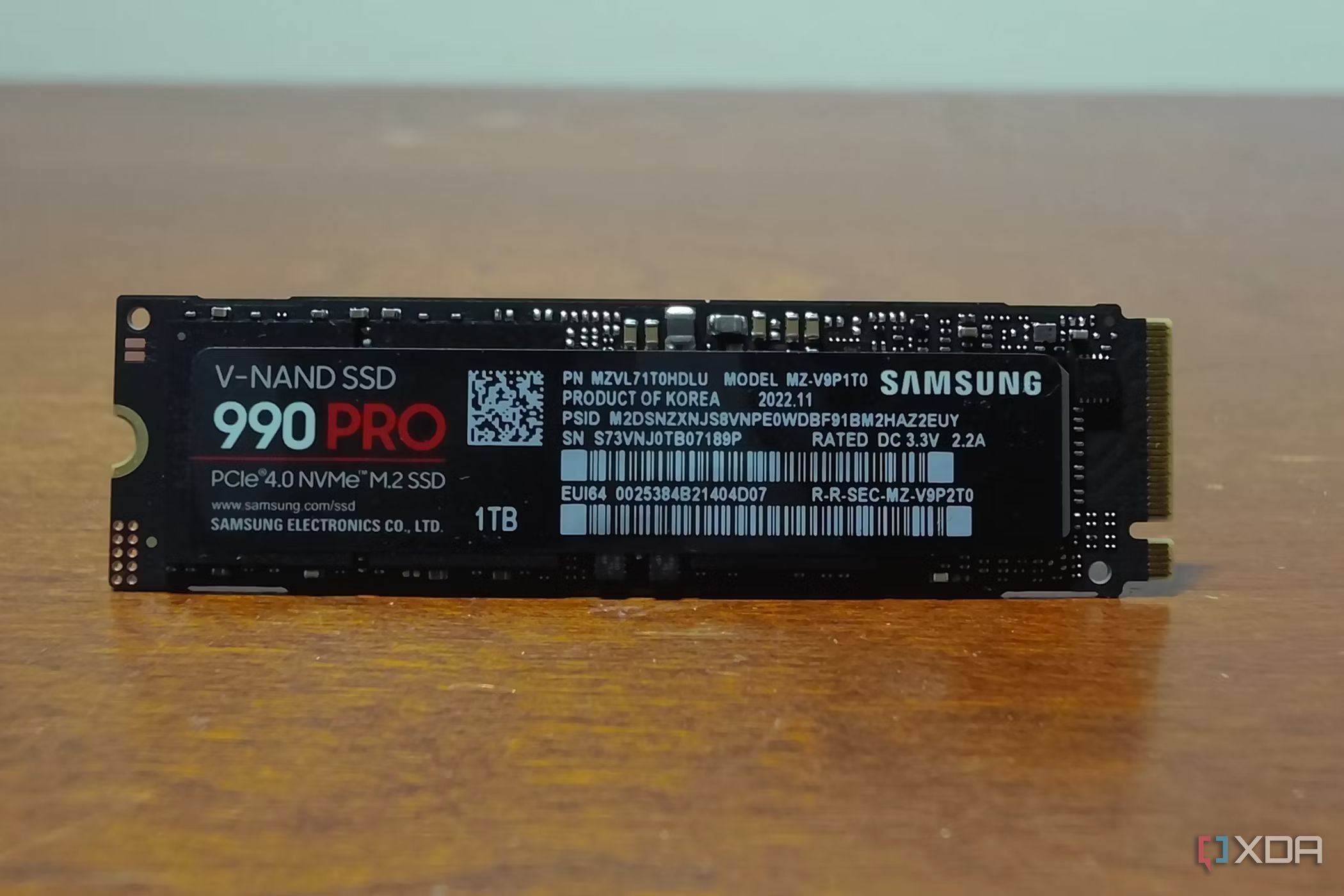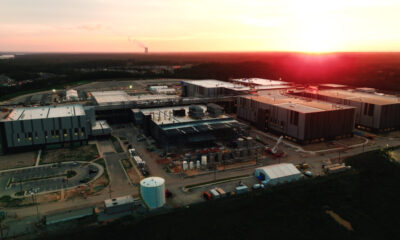Top Stories
New Insights Confirm Why Your SSD Might Not Perform at Full Speed

URGENT UPDATE: New information reveals why your NVMe SSD may not be delivering the high speeds you expected. Users testing their drives for gaming or video editing have reported significant slowdowns, raising concerns about performance.
Experts confirm that these slowdowns are common and not indicative of a defective product. When pushing SSDs to their limits—especially during demanding tasks like 4K video editing—performance can drop significantly due to a variety of factors.
SSD specifications often highlight impressive read and write speeds, but these figures are typically based on sequential benchmarks. In reality, random access tasks, such as running applications or games, reveal a different story. Users may find their SSDs are unable to consistently maintain those peak speeds.
Additionally, thermal throttling is a major issue. As NVMe drives connect to the CPU via the PCIe bus, they generate substantial heat. Authorities indicate that SSD controllers can exceed temperatures of 80°C within minutes under heavy workloads, triggering built-in throttling mechanisms at around 70°C. This is particularly prevalent in high-performance tasks, causing a noticeable drop in speed.
Users copying large files or installing multiple games might see their SSD slow down to prevent overheating. To mitigate this, it’s crucial to ensure proper cooling solutions, including high-quality heatsinks and adequate airflow within your device. Reviews of your SSD model can offer insight into its cooling capabilities and performance under load.
Another key factor is the type of NAND technology used in the SSD. Modern drives utilize SLC, MLC, TLC, and QLC NAND types, with SLC being the fastest but least common in consumer products. The speed drop occurs when drives run out of fast cache, particularly in QLC drives, which are known for slower performance under high loads. Premium SSDs typically include more pSLC memory, allowing for better sustained speeds.
Garbage collection processes also play a role in performance. Unlike traditional hard drives, SSDs must erase entire blocks before writing new data. This process can slow down performance, especially as the drive fills up. Experts recommend keeping at least 20% of your SSD’s capacity free to optimize performance and prolong its lifespan.
To combat slowdowns, users should consider enabling the TRIM feature, which helps the operating system manage storage effectively. Leaving your system idle periodically allows garbage collection to occur, further enhancing performance.
While SSDs may slow down under specific conditions, such as extreme heat or sustained workloads, these issues are not common in everyday tasks like gaming or web browsing. A well-cooled SSD with an adequate amount of fast cache will significantly improve user experience.
As users increasingly rely on high-performance SSDs for demanding applications, understanding these performance limitations is crucial. Monitoring temperatures, ensuring proper cooling, and maintaining free space are essential steps to maximizing your SSD’s speed and longevity.
Stay tuned for further updates on SSD technology and performance insights as the tech community continues to explore solutions for optimal user experience.
-

 Science1 week ago
Science1 week agoInventor Achieves Breakthrough with 2 Billion FPS Laser Video
-

 Top Stories2 weeks ago
Top Stories2 weeks agoCharlie Sheen’s New Romance: ‘Glowing’ with Younger Partner
-

 Entertainment2 weeks ago
Entertainment2 weeks agoDua Lipa Aces GCSE Spanish, Sparks Super Bowl Buzz with Fans
-

 Business2 weeks ago
Business2 weeks agoTyler Technologies Set to Reveal Q3 Earnings on October 22
-

 Entertainment2 weeks ago
Entertainment2 weeks agoMother Fights to Reunite with Children After Kidnapping in New Drama
-

 World2 weeks ago
World2 weeks agoR&B Icon D’Angelo Dies at 51, Leaving Lasting Legacy
-

 Science2 weeks ago
Science2 weeks agoNorth Carolina’s Biotech Boom: Billions Invested in Manufacturing
-

 Health2 weeks ago
Health2 weeks agoCurium Group, PeptiDream, and PDRadiopharma Launch Key Cancer Trial
-

 Health2 weeks ago
Health2 weeks agoCommunity Unites for 7th Annual Into the Light Walk for Mental Health
-

 Entertainment2 weeks ago
Entertainment2 weeks agoRed Sox’s Bregman to Become Free Agent; Tigers Commit to Skubal
-

 Health2 weeks ago
Health2 weeks agoNorth Carolina’s Biotech Boom: Billions in New Investments
-

 Top Stories2 weeks ago
Top Stories2 weeks agoDisney+ Launches Chilling Classic ‘Something Wicked’ Just in Time for October








